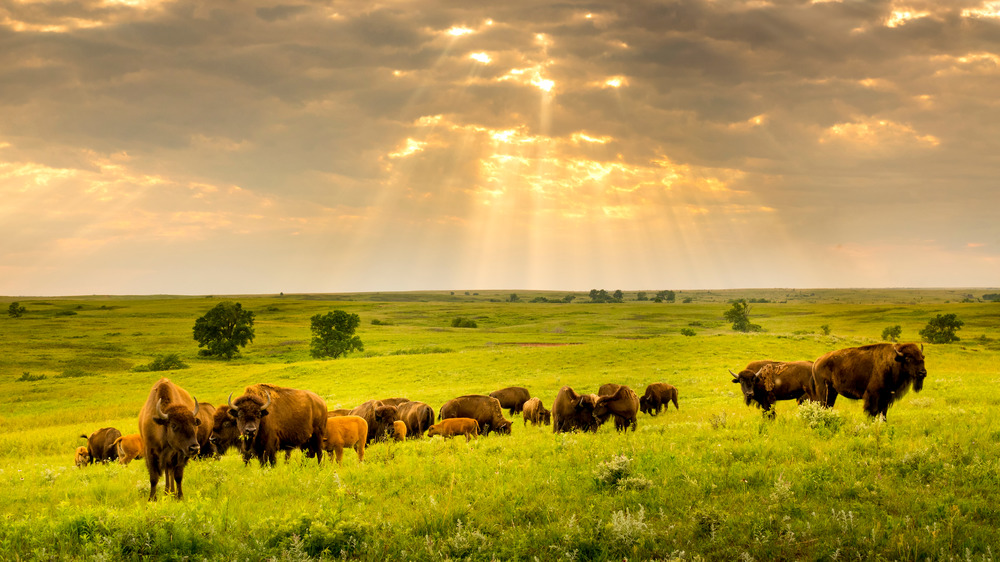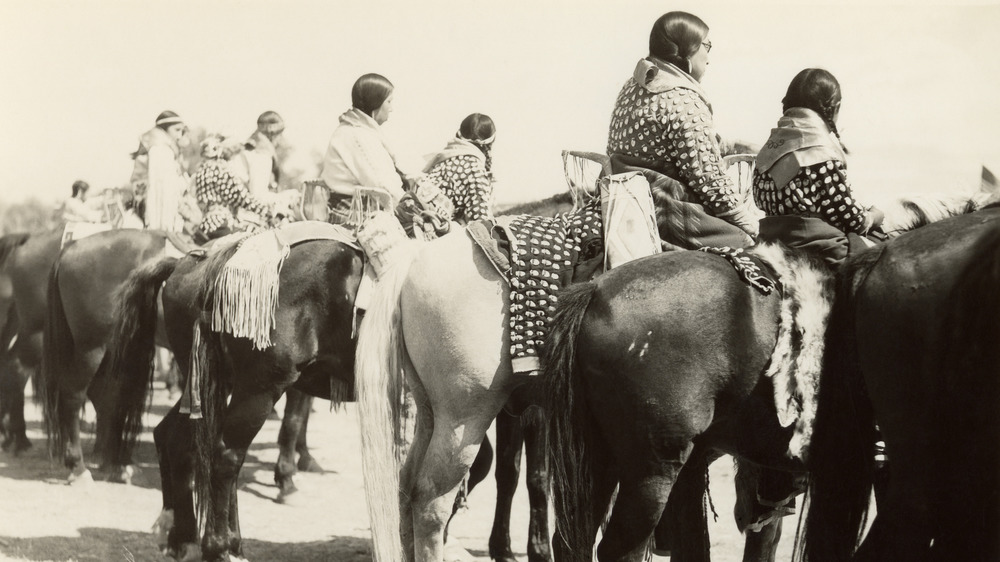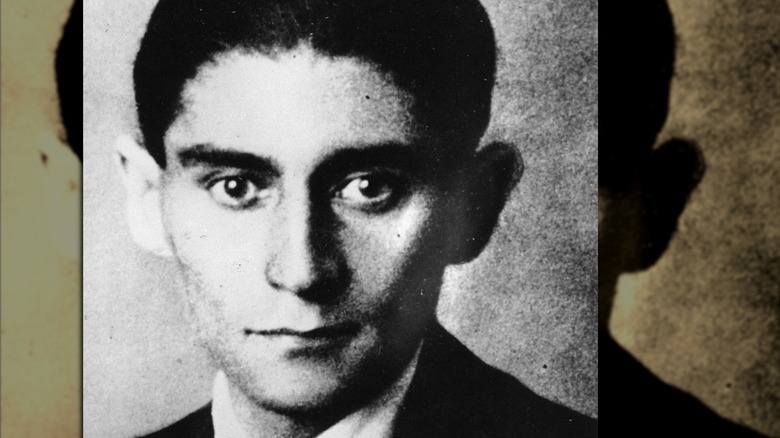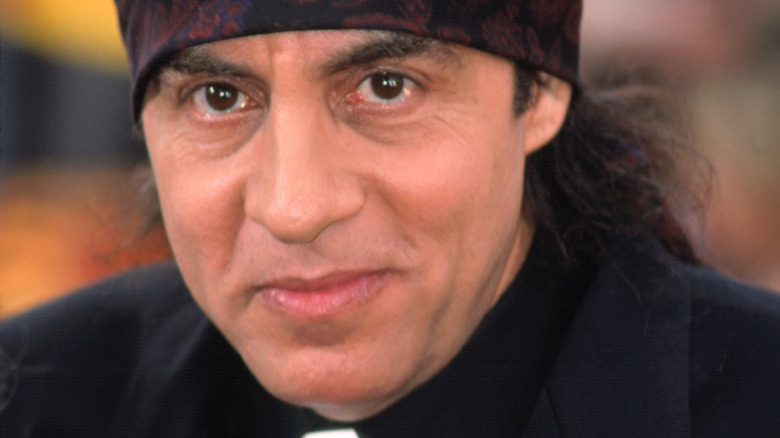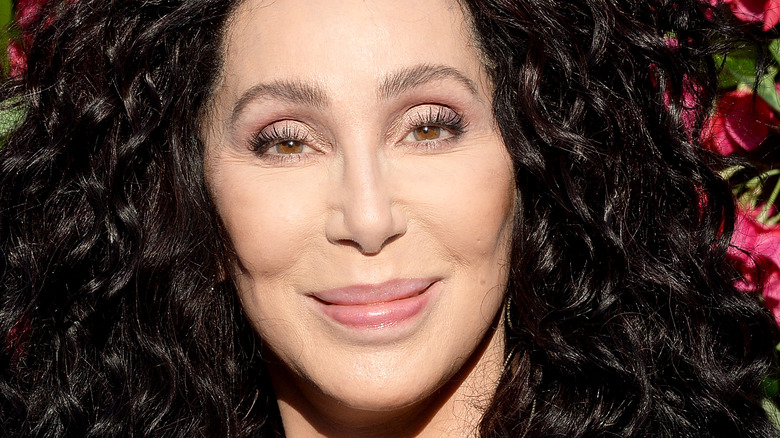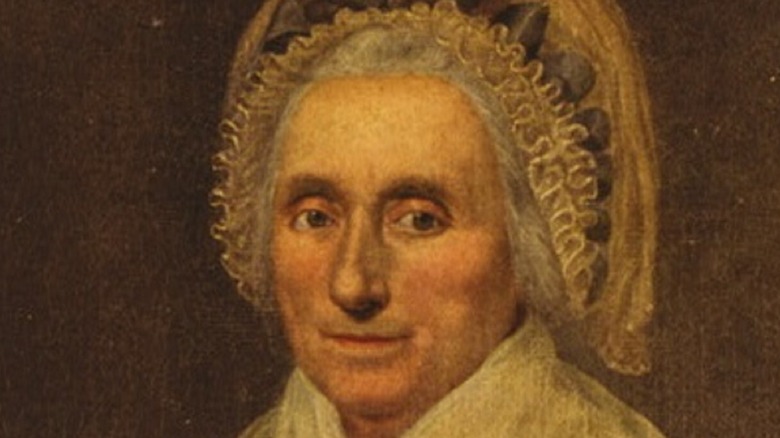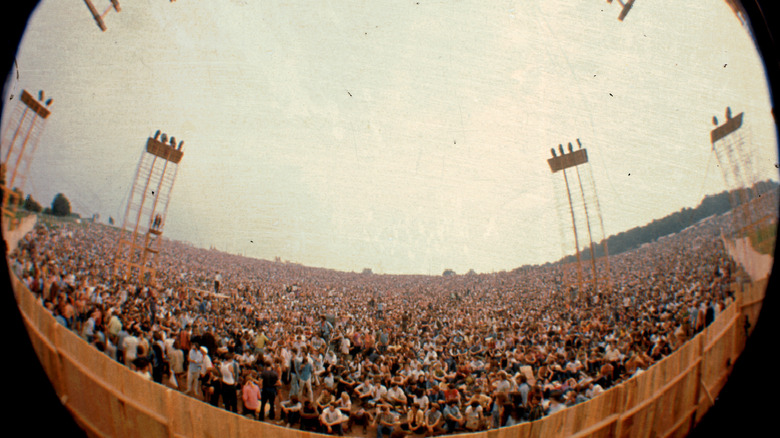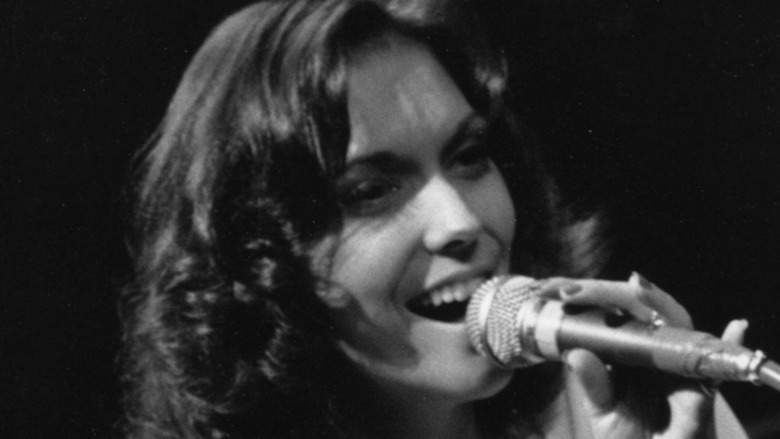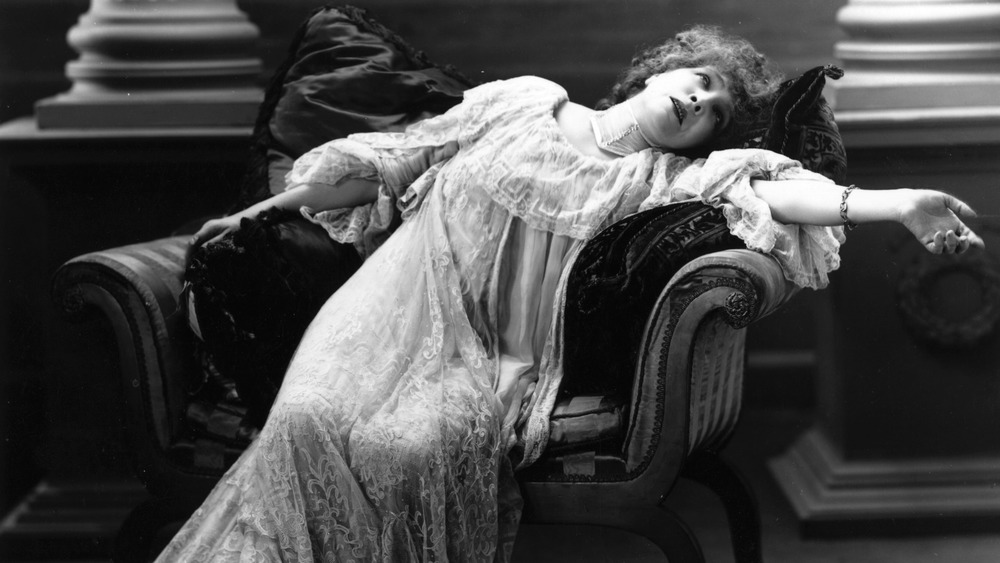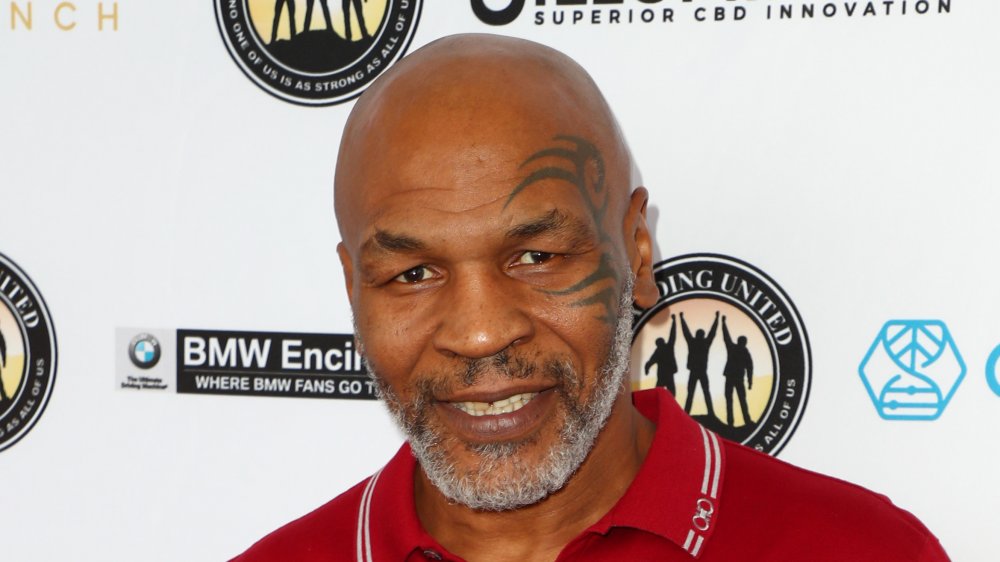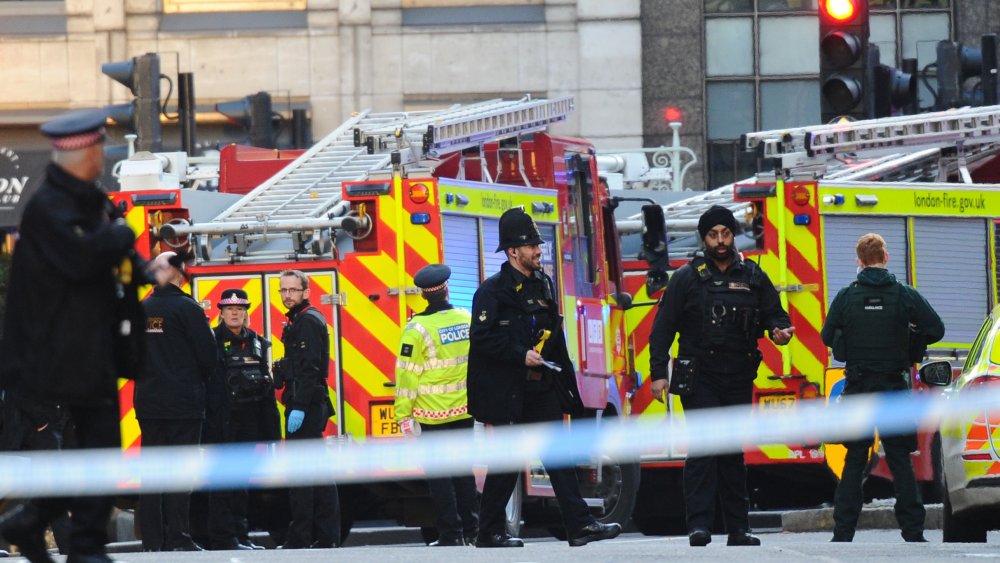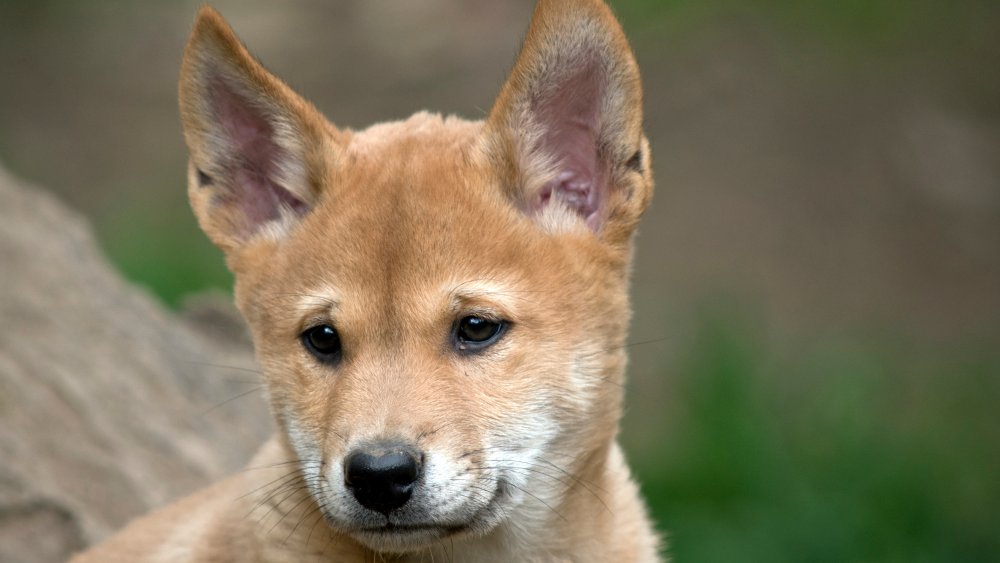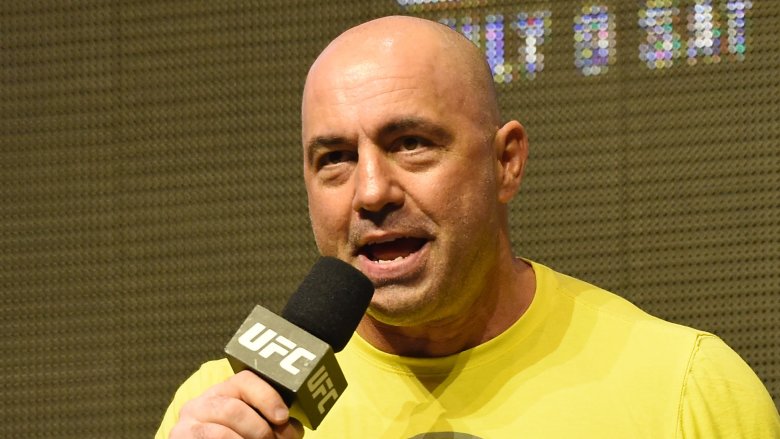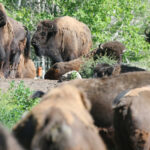
How Did Native Americans Of The Plains Hunt Buffalo?
Buffalo, also known as bison, offered the Plains Native American tribes not only sustenance and shelter, but spirituality. More than 30 million buffalo filled the Great Plains — an area that reached Canada in the north, the Gulf of Mexico in the other direction, and spanned from the Rocky Mountains to the Mississippi River — by the 1800s.
A successful hunt needed more than skill, prayer was a necessity. It ensured a fruitful endeavor, and if a hunt failed, the Plains tribes questioned the authenticity of the rituals performed. “A typical mass hunt involved several stages, each consecrated by rituals,” according to the Encyclopedia of the Great Plains. “The preparation began with a bison-calling ceremony, usually a dance, song or prayer performed by a medicine man.” A good hunt always ended with other rituals, like smoking, to maintain the right kinship with animal spirits.
To hunt the buffalo, Plains Native American people developed specific strategies, according to Native American Roots, including the buffalo jump, the impound, and the horse-mounted hunt.
The first method involved luring buffaloes to a precipice and manipulating them into a stampede, which forced them past the land’s end where they fell to their death.
Creating such a scenario often involved a significant part of the tribe or tribes. While one nimble and quick-footed man, garbed as a buffalo with horns and a hide-like robe, lead the unsuspecting animals to the jump site, others would surround the buffaloes and scare them using blankets and other materials to guide them in the right direction.
The difficulty of hunting buffalo
It was a dangerous endeavor, but those waiting on the ground under the cliff ended up with lots of dead buffalo, which they would carve into and process into meat, tools, and other materials. “The rewards were magnificent,” reported National Park Services. “If 50 bison fell off the buffalo jump, it yielded roughly 11,000-20,000 pounds of meat!”
Nothing was wasted from this process. The animals’ hair became rope, horns and hoofs were formed into tools and utensils, and hides made the Native American clothing, tipis, and blankets.
The Buffalo Impound became the preferred killing method when no cliffs or hills were near. In this hunting technique, the Native Americans made a corral out of rocks and timber, and then led the animals inside, according to Everything What. The key was to create a structure that didn’t allow light to penetrate the structure. If the buffalo saw the corral seemed unstable or could see outside, they would fight harder to break out of their prison.
This strategy had its problems. Getting the buffalo into the corral was difficult — and some animals came from miles away. Constructing the impound wasn’t easy, either, and a new one needed to be built each year, according to Native American Roots. The Native Americans of the Plains would clear an area and then build a 10- to 15-foot high wall corral that required both a sturdy gate and a chute to help guide the buffalo inside.
The decline and the resurgence of the buffalo
Since the buffaloes couldn’t see the structure, the chute needed to be placed at least 100 yards from the entrance and positioned in such a way that everything else remained hidden. Again, the challenge was moving the herd toward the trap. If it was a success, they would shoot the animals with bows and arrows.
Once horses became part of Plains culture — arriving in the mid-18th century, according to Britannica — this became another way to hunt the buffalo. Residents of the Plains would either use their bows or a lance to kill the animals. Most of the time, hunts took place in groups, with the collective surrounding the herd to optimize the kill. The individual that actually made the kill got the hide and the best parts to eat, and anyone who helped received some bison meat.
Eventually, the buffalo’s population declined as the West was settled and the railroad expanded, connecting the east and west coasts. Hunters from the east killed many for sport and left the carcasses behind. Native Americans, who were careful never to over hunt, “looked on with horror,” according to Smithsonian.
The carnage didn’t end until almost the 20th century, when about 300 buffaloes remained. “Congress finally took action, outlawing the killing of any birds or animals in Yellowstone National Park, where the only surviving buffalo herd could be protected,” said the publication. More than 500,000 bison currently live in 6,000 locations such as ranches, zoos, and public and Native American lands, according Phys.org.

World Leaders Keep Giving Putin These Unusual Gifts
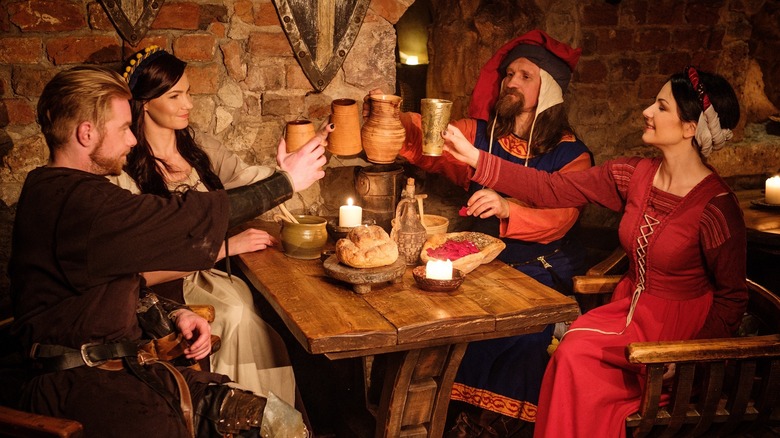
The Truth About The Dangers Of Medieval Fast Food
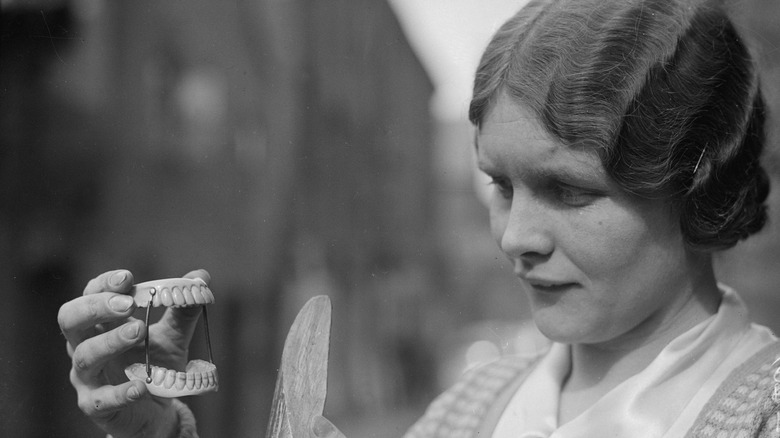
The Surprising Reason Rotting Teeth Was Once A Sign Of Wealth
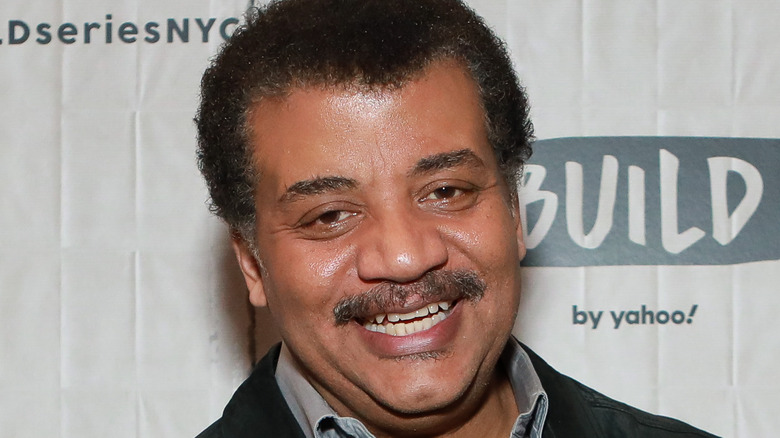
Why Neil deGrasse Tyson Thinks We'll Never Go To Mars

Kenneth Feinberg: The Truth About The Lawyer Who Helped 9/11 Victims

This Is What Happens To Your Body If You Die Underwater

The Scary Thing Amazon's Facial Recognition Can Do

The One Victim Who Got Away From Bobby Joe Long
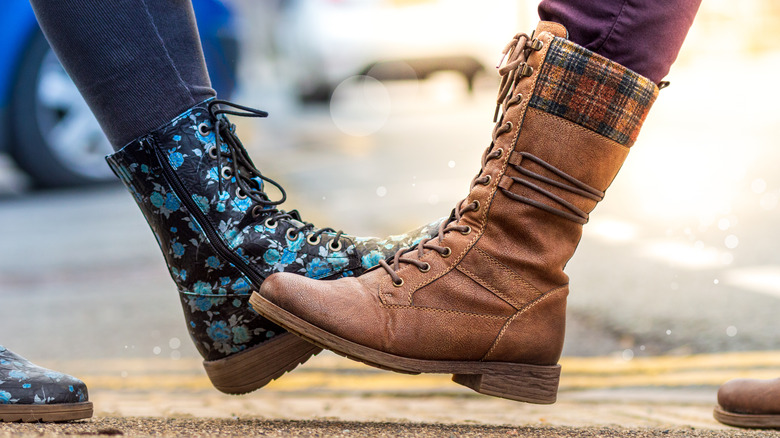
Competitive Walking Was Once The Biggest Sport In The World

The Tragic Real-Life Story Of The Monster Study
